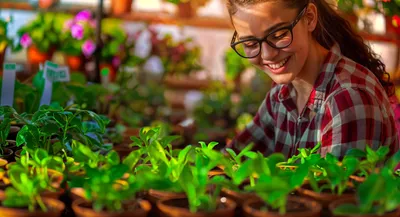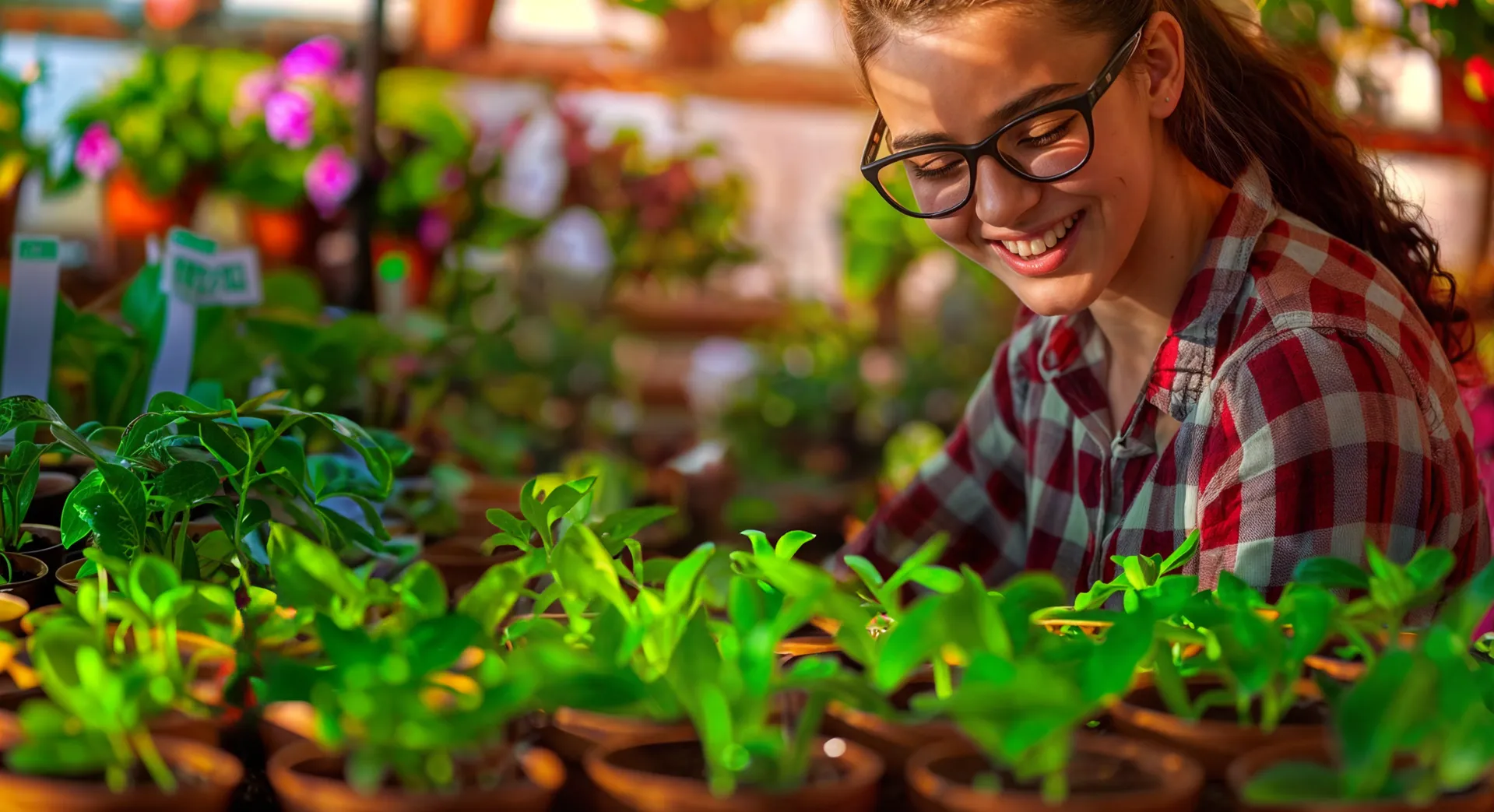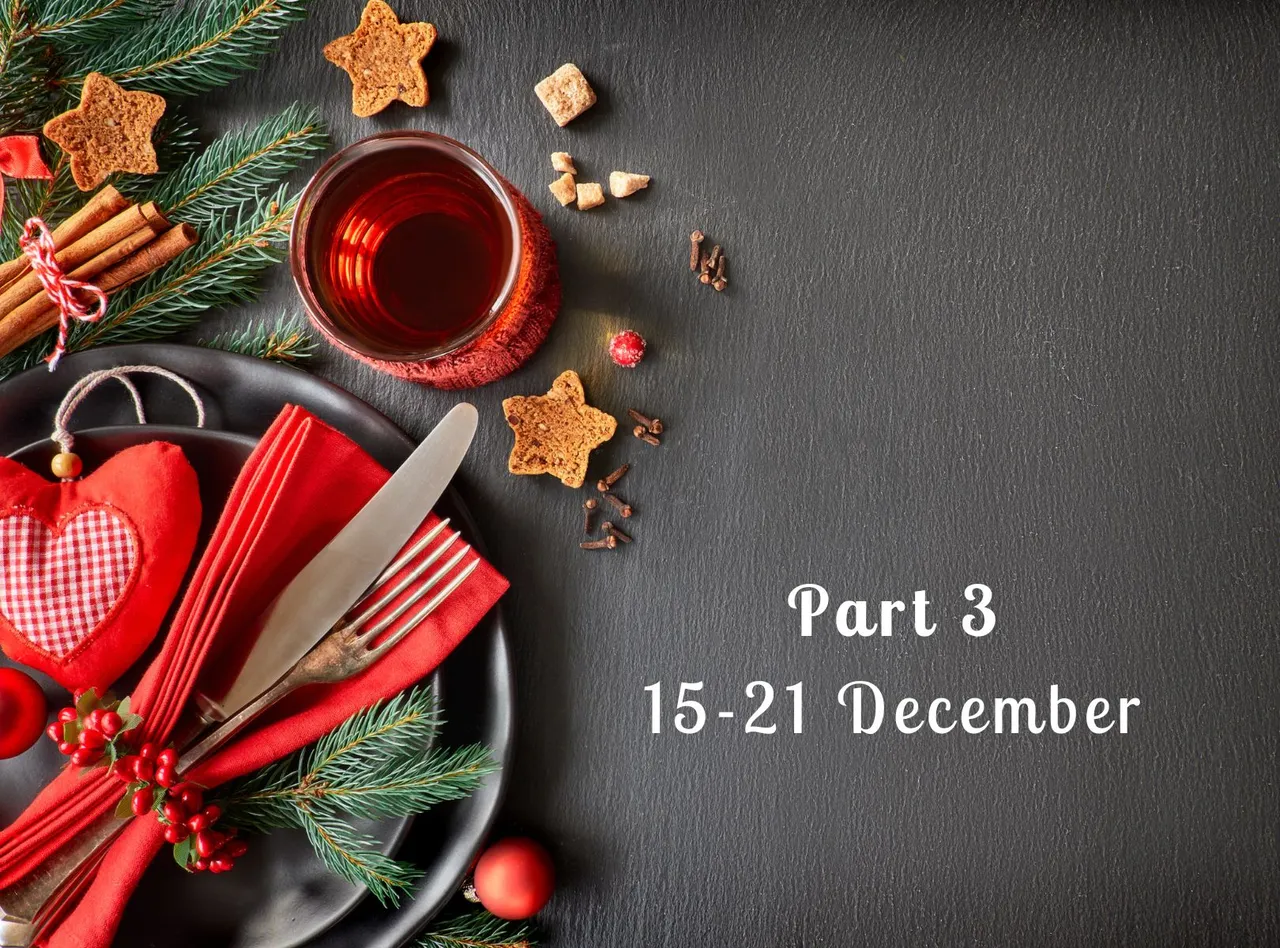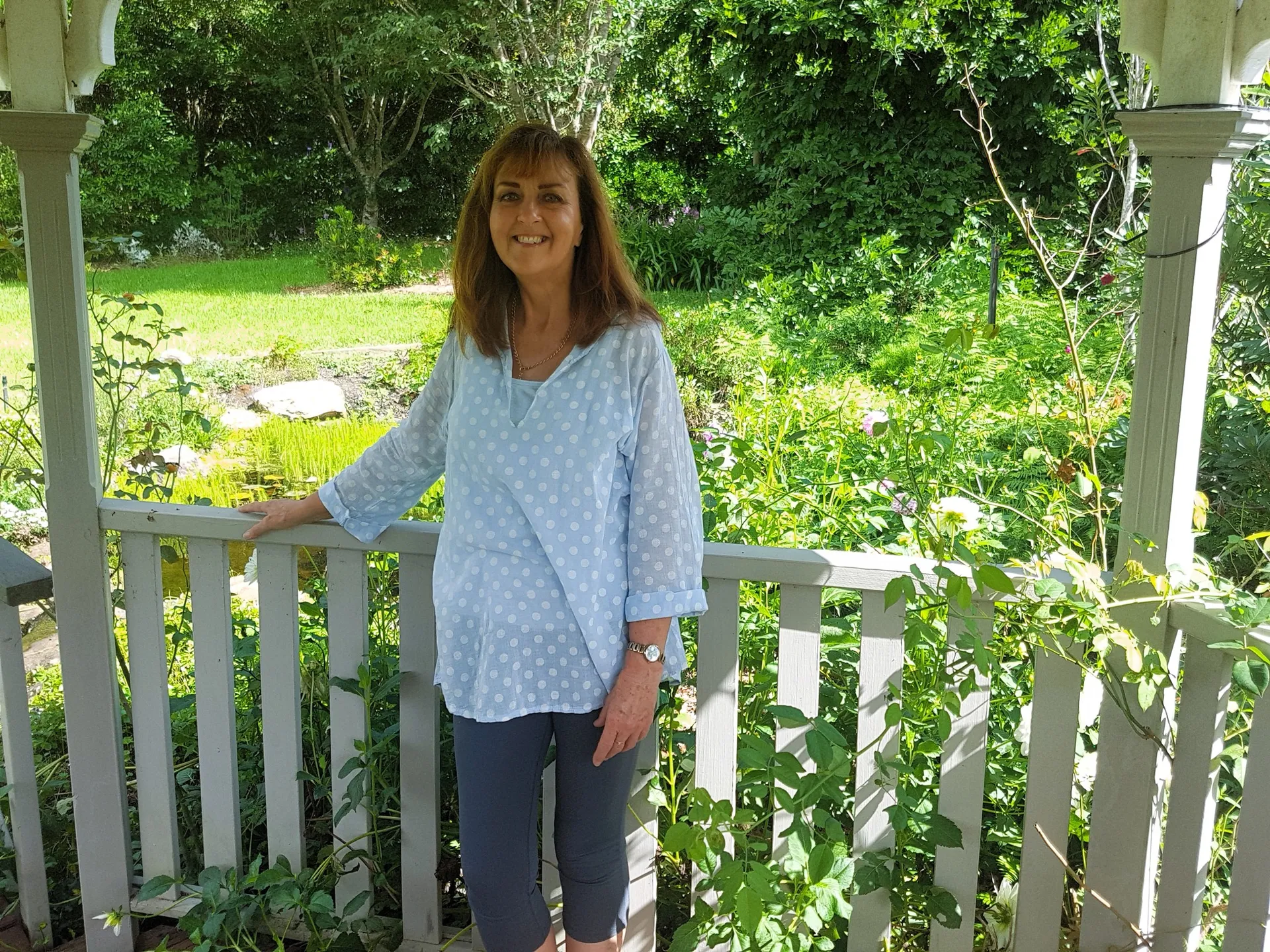Ready. Set. Grow - speedy herbs and veggies

Sometimes you just can't wait. Check out this growing guide when you want to grow fast.
If you want to get your salad spinning sooner, choose fast growing varieties
Plant these now
Leafy greens
lettuce (loose-leaf types), spinach, rocket, endive, silver beet & rainbow chard, Asian greens (pak choi, wong bok, bok choi, tatsoi, mizuna, mibuna)
Vegetables
radish, snow peas, broccolini, kale, tomatoes, spring onions
Herbs
dill, coriander, fennel, parsley, mint
Top 10 tips for in ground growing
- Choose a spot that receives 5-6 hours direct sunlight a day.
- Prep well - add compost and well-rotted animal manure
- Rake your soil and water well
- Add mulch to the surface of the garden bed
- Patience is a virtue, try to allow at least seven days for the soil to become nutrient rich
- Water newly planted seedlings with liquid seaweed
- Water every second day or so (depending on rainfall)
- Watering deeply for the first few weeks will encourage roots to grow deeper and create hardy plants
- Once a forntnight, fertilise with fish emulsion that contains seaweed. Apply organic manure pellet fertiliser every few weeks
- Sit back and wait - not too long though
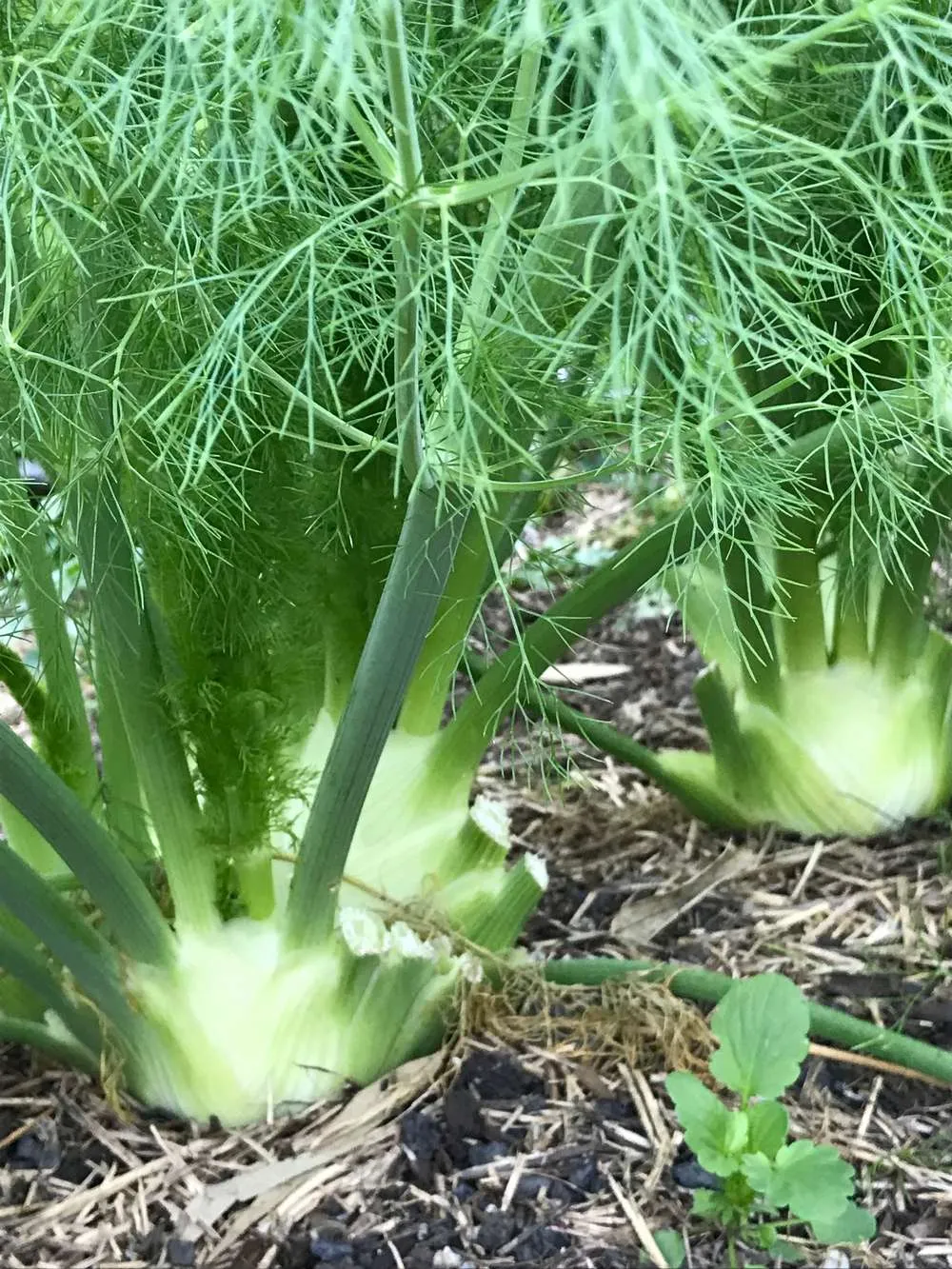
Top 5 tips for growing in pots
- Make sure your plants have good levels of direct sunlight
- Use the best potting mix you can
- Water seedlings with liquid seaweed
- Make sure they're getting enough water
- Fertilise well and re-apply
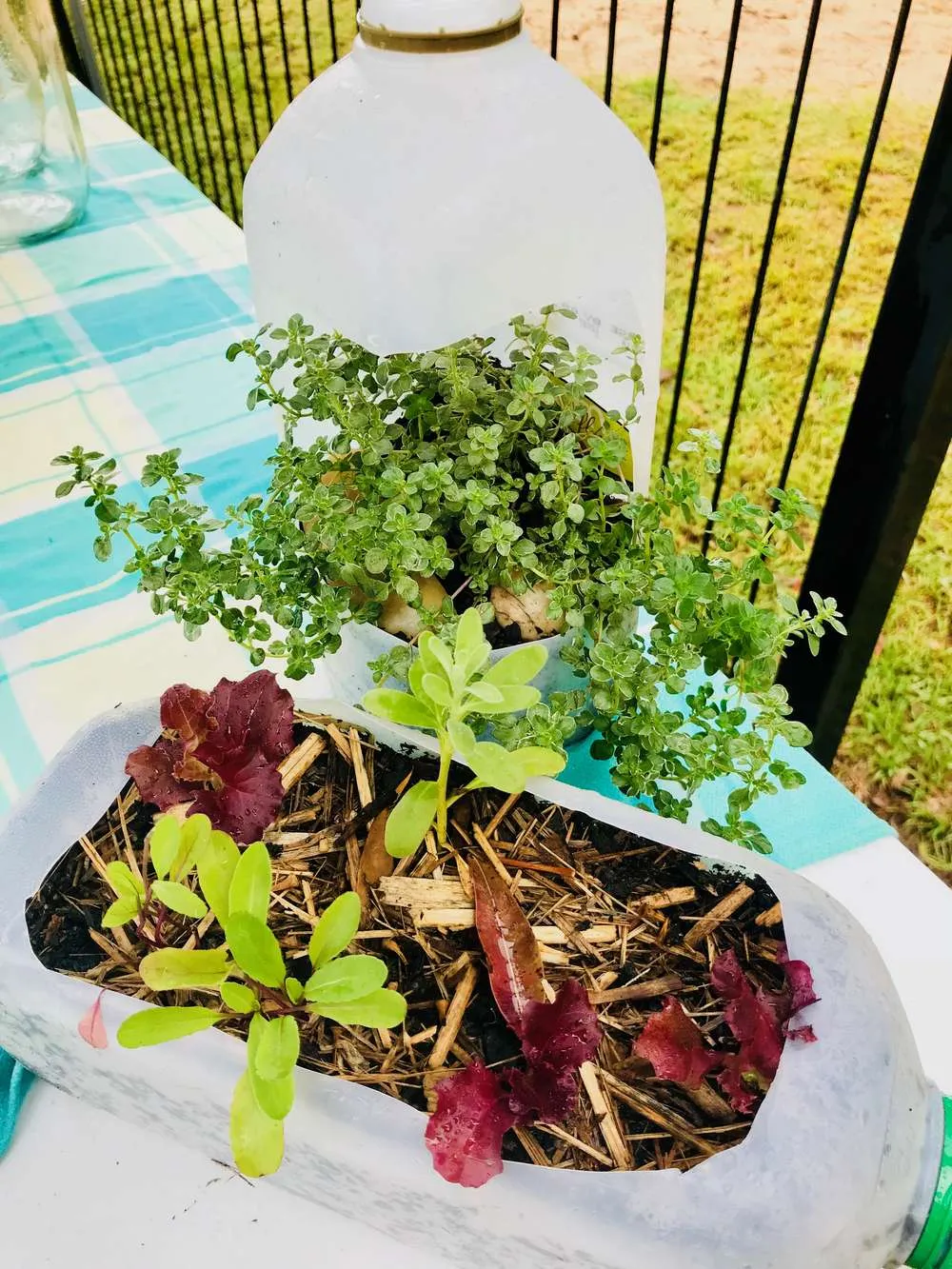
To read the full article, visit Sustainable Living Gardening Tips and read Fast Growing Edibles for Autumn
Categories:
